Heart shaped pasta, a simple yet romantic culinary creation, has its roots in Italian traditions. Originating from the tradition of heart-shaped pasta, it is a symbol of love and unity in Italian culture. This simple yet versatile dish has become a symbol of love and warmth, making it a favorite choice for special occasions. Heart-shaped pasta not only evokes emotions but also highlights the artistry and craftsmanship of Italian culinary traditions. The process of shaping the pasta by hand requires skill, patience and attention to detail, reflecting the dedication and passion that Italians infuse into their cuisine.
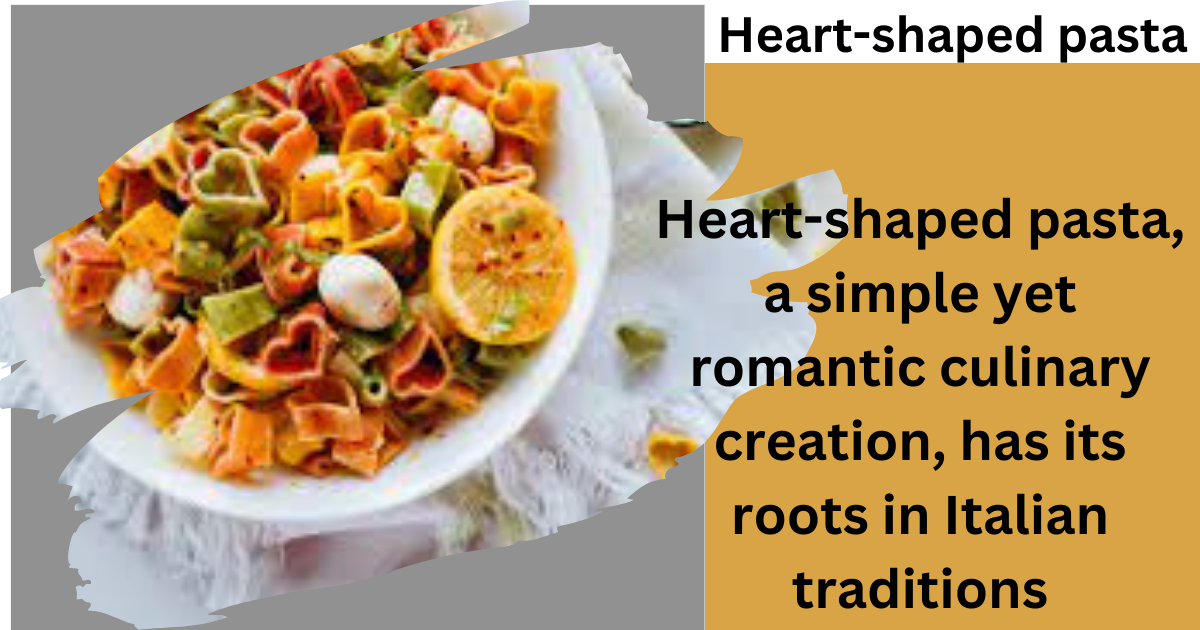
Make heart-shaped pasta.
Making pasta from scratch is a labor of love that requires patience, dedication, and artistry. With practice and a few simple steps, you can create charming heart-shaped pasta.
Step 1: Prepare the pasta dough
- Begin by placing all-purpose flour on a clean work surface or in a large mixing bowl.
- Make a well in the center of the flour, and crack the egg into the well.
- Using a fork or your fingers, slowly incorporate the flour into the egg until a shaggy dough forms.
- Knead the dough for about 5–10 minutes, or until it is smooth, elastic, and slightly sticky to the touch.
- If the dough seems too dry, you can add a small amount of water, a tablespoon at a time, until it reaches the desired consistency. Conversely, if the dough is too wet, add more flour as needed.
Step 2: Rest the dough
- Once the dough is fully kneaded, shape it into a ball and wrap it tightly in plastic wrap.
- Let the dough rest at room temperature for at least 30 minutes to allow the gluten to relax and release easily.
Step 3: Roll out the dough
- After the resting period, open the pasta dough and divide it into small portions for easy handling.
- Dust your work surface with flour and roll out one portion of the dough into a thin, even sheet about 1/8 inch thick.
- Use a heart-shaped pasta cutter or mold to cut a heart shape from the rolled-out dough, pressing firmly to create neat edges.
- Transfer the cut-out heart-shaped pasta to a lightly floured baking sheet or tray, arranging them in a single layer to prevent sticking.

Heart Cookie Cutter Set – 6 Piece – 3 4/5″, 3 1/5″, 2 4/5″, 2 3/5″, 2 1/5″, 1 4/5″ – Heart Shaped Cookie Cutters, Stainless Steel Biscuit Pastry Cutters

MASTER FENG Ravioli Stamp Maker Cutter with Roller Wheel Set, Mold with Wooden Handle and Fluted Edge, Pasta Press Kitchen Attachment

[13 Pieces Upgraded] 6 Pieces Ravioli Maker Cutter Stamp Set with Wooden Handle Four Shapes and 7 Pieces Stainless Steel Dumplings Maker, Three Sizes—For Ravioli, Pasta, Dumplings, Lasagna, and Pierogi
Step 4: Cook the heart-shaped pasta
- Bring a large pot of salted water to a rolling boil over high heat.
- Carefully add the heart-shaped pasta to the boiling water, stirring gently to prevent sticking.
- Cook the pasta for 2-3 minutes, or until al dente and tender, but still slightly firm to the bite.
- Once cooked, drain the pasta using a colander and shake off any excess water.
Step 5: Serve and enjoy
- Transfer the cooked heart-shaped pasta to a serving plate or bowl.
- Toss the pasta with your favorite sauce, whether it’s classic marinara, creamy Alfredo, or pesto.
- If desired, garnish with freshly grated Parmesan cheese, chopped herbs or a drizzle of olive oil.
- Serve hot and enjoy your homemade heart-shaped pasta with loved ones, savoring every bite and the memories made around the table.

What is the difference between whole-grain and regular pasta?
The main differences between whole-grain pasta and regular pasta are:
1. Ingredients and Process:
- Whole-grain pasta:
Made from the whole grain, including the bran, germ, and endosperm.
Using whole grains retains more nutrients. - Regular pasta:
Generally, pure wheat flour is used where the bran and germs have been removed.
Results in a lighter color and a smoother texture.
2. Color and texture:
- Whole-grain pasta is dark in color due to the inclusion of bran and germs.
gives a chewier texture compared to regular pasta. - Regular pasta is light in color and smooth in texture.
3. Nutritional Differences:
- Whole-grain pasta:
High in fiber: Provides better digestion and helps maintain stable blood sugar levels.
contains vitamin B and iron.
Regular pasta:
It lacks the same fiber and nutrients as whole-grain pasta.
4. Flavors and substitutes:
- Whole-grain pasta:
has a stronger flavor due to whole-grain ingredients.
May not be suitable for everyone due to its key. - Regular pasta:
has a neutral taste, which makes it versatile for a variety of dishes.
can be substituted with whole-grain pasta in recipes to account for taste and texture differences.
5. Gluten Considerations:
- As long as you are not gluten-intolerant, you can enjoy any type of pasta.
- In summary, whole-grain pasta offers more nutrients and fiber, while regular pasta offers a milder flavor and smoother texture. Both can be used interchangeably in recipes depending on your preference and dietary requirements. 🍝🌾.
Some other sauces for heart-shaped pasta:
1. Bolognese Sauce: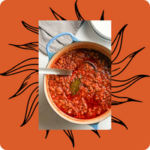
Originating from Bologna, Italy, this rich and hearty sauce features slow-cooked minced pork, beef (sometimes veal), and pancetta. It is boiled for several hours with vegetables, spices, and milk. Traditionally, bolognese does not contain herbs or garlic. Serve it over wide tagliatelle noodles or your favorite pasta.
2. Alfredo Sauce:
Alfredo sauce is a creamy and indulgent choice. The original version includes butter and Parmesan cheese. Today, it is often enhanced with heavy cream, garlic and herbs. Toss it with fettuccine or linguine for a comforting dish.
3. Pesto Sauce: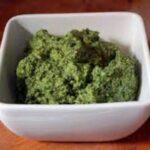
Pesto is a lively green sauce made from fresh basil, pine nuts, garlic, Parmesan cheese, and olive oil. It is perfect for coating pasta, especially when paired with penne or fusilli. Try variations like sun-dried tomato pesto or spinach pesto.
4. Carbonara Sauce:
A Roman classic, carbonara sauce consists of eggs, pecorino Romano cheese, pancetta, and black pepper. The heat from the cooked pasta creates a creamy, velvety sauce. Serve it with spaghetti or rigatoni.
5. Puttanesca Sauce:
This bold and flavorful sauce includes ingredients like tomatoes, olives, capers, garlic, and red pepper flakes. It’s an attractive choice that pairs well with spaghetti or linguine.
6. Aglio e Olio (Garlic and Olive Oil):
a simple yet satisfying sauce made by sauteing garlic in olive oil. Add red pepper flakes for a kick. Toss it with the spaghetti and sprinkle with parsley and Parmesan.
7. Arrabbiata Sauce: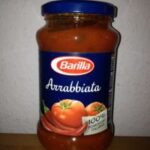
Arrabbiata means “anger” in Italian, and this spicy tomato-based sauce lives up to its name. It consists of crushed tomatoes, red chili flakes, garlic, and olive oil. Ideal for penne or rigatoni.
8. Vodka Sauce:
Creamy and tomato-based, the vodka sauce consists of heavy cream, tomatoes, onions, garlic, and a splash of vodka. Serve it over penne or farfalle.
9. Mushroom Sauce:
Sauteed mushrooms, garlic, and herbs make a delightful sauce. Pair it with fettuccine or pappardelle for a comforting meal.
10. Lemon Herb Sauce:
Light and refreshing, this sauce includes lemon zest, lemon juice, garlic, and fresh herbs (such as parsley or basil). Drizzle it over linguine or angel hair pasta.
Remember, the world of pasta sauce is wide, and you can always experiment with different ingredients and flavors to create your own signature sauce! 🍝😊
heart-shaped pasta benefits:
Heart-shaped pasta not only adds a touch of whimsy to your plate but also comes with some surprising health benefits. Let’s explore them:
1. Curbs unhealthy snack cravings:
When you enjoy a satisfying pasta dish for your main meal, it helps satisfy your hunger and reduces the urge to snack on unhealthy options.
2. Supports healthy blood sugar levels:
Contrary to popular belief, pasta can be part of a balanced diet. A recent study found that people on a low-glycemic index (GI) diet lost weight when they included pasta. Studies have concluded that pasta does not cause weight gain or increase body fat.
3. Boosts Your Immunity:
Pasta contains essential nutrients, such as vitamins and minerals, that contribute to overall immune health.
4. Low Calories and Cholesterol:
Choose whole-grain or whole-wheat pasta to enjoy the benefits of fiber, which aids digestion and helps maintain healthy cholesterol levels.
5. No hidden sodium:
Unlike highly processed foods, heart-shaped pasta made from quality ingredients contains no hidden sodium or additives.
6. Vehicle for vegetables:
Pair your heart-shaped pasta with nutrient-dense vegetables like tomatoes, spinach, bell peppers or zucchini for a nutritious meal.
7. Promotes Digestive Health:
Whole-grain pasta provides dietary fiber, which supports a healthy gut and regular bowel movements.
8. Protein-packed for full-body benefits:
Combine pasta with protein sources like beans, lentils or tofu for a balanced meal.
9. Supports healthy weight management:
When portioned properly, pasta can be part of a weight-conscious diet. Focus on whole grains and watch your serving sizes.
10. It helps keep you regular.
The fiber content in pasta helps maintain regular bowel movements and overall digestive well-being.
At Three Farm Daughters, we have prepared healthy pasta using a special type of durum wheat. Our pasta is full of natural goodness and leaves nothing to chance. So, when you serve a meal with Three Farm Daughters Pasta, you’re making a nutritious choice.
Conclusion:
Heart-shaped pasta, a culinary tradition from Italy, is a symbol of love, creativity, and shared experiences. Its popularity around the world inspires culinary delights, captures hearts and fosters connection. Enjoying heart-shaped pasta with loved ones is a delightful reminder of love.
FAQ
1. Can pasta be heart-healthy?
- A heart-healthy meal can be achieved by incorporating pasta into a balanced diet. Whole-grain pasta, rich in fiber, vitamins, and minerals, is a smart choice for heart health. Control portion sizes and aim for a serving size of 1/2 to 1 cup of cooked pasta. Pair pasta with nutrient-rich ingredients like vegetables, lean proteins, and healthy fats to create a satisfying and heart-healthy meal. Choose lighter sauces made with fresh tomatoes, garlic, herbs, and olive oil, like marinara, arrabbiata, or pesto. Practice mindful cooking methods, avoid deep-frying pasta or heavy cream-based sauces, and incorporate lean proteins like grilled chicken, shrimp, tofu, or legumes. Control sodium intake by choosing low-sodium or no-salt-added sauces and seasoning dishes with herbs, spices, and lemon juice. Stay hydrated by drinking water throughout the day to maintain proper hydration and support digestion. In summary, pasta can be a part of a heart-healthy diet when enjoyed in moderation and paired with nutritious ingredients.
2. What is the most popular pasta shape in the world?
- Spaghetti, a staple in Italian cuisine, is the most popular pasta shape globally. Its slender shape and smooth texture make it ideal for pairing with various sauces and toppings. Spaghetti is versatile and can be enjoyed in various dishes like carbonara, aglio e olio, marinara, and bolognese. Other popular pasta shapes include penne, fusilli, fettuccine, rigatoni, and farfalle. Despite its popularity, spaghetti remains the undisputed champion of pasta shapes worldwide.
3. What’s the most expensive pasta?
- The “Quadrucci with Pigeon Ragu” at Marea, a high-end Italian restaurant in New York City, is one of the world’s most expensive pasta dishes. This premium dish features handcrafted pasta squares with a luxurious ragu made from squab and black truffles. Despite its high cost, Marea’s focus on quality and exclusivity ensures discerning diners can enjoy exceptional culinary experiences at upscale restaurants worldwide.




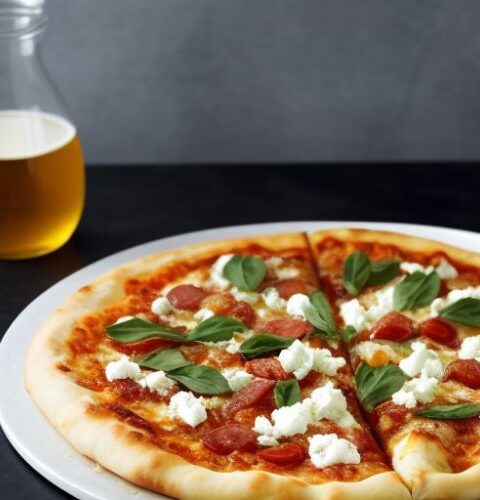

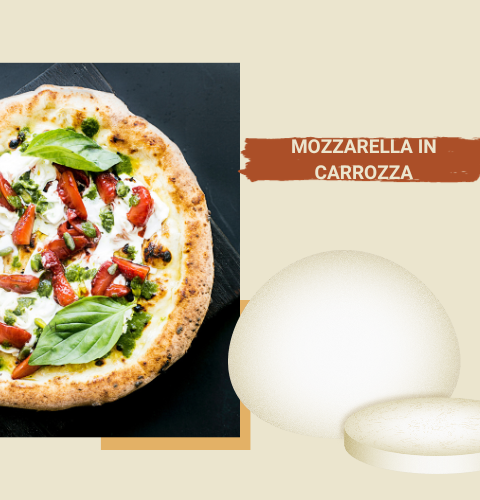

[…] healthy pasta […]